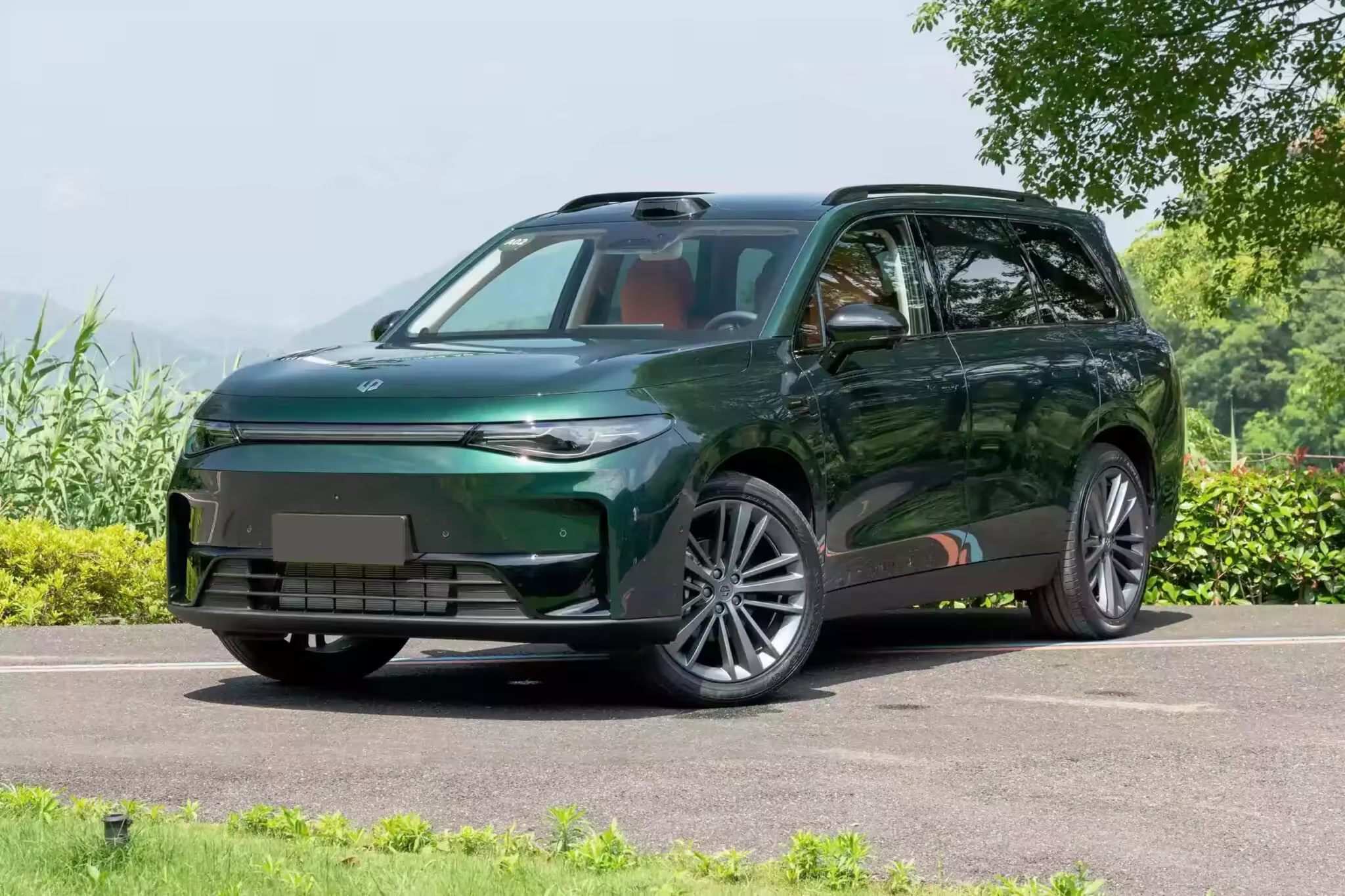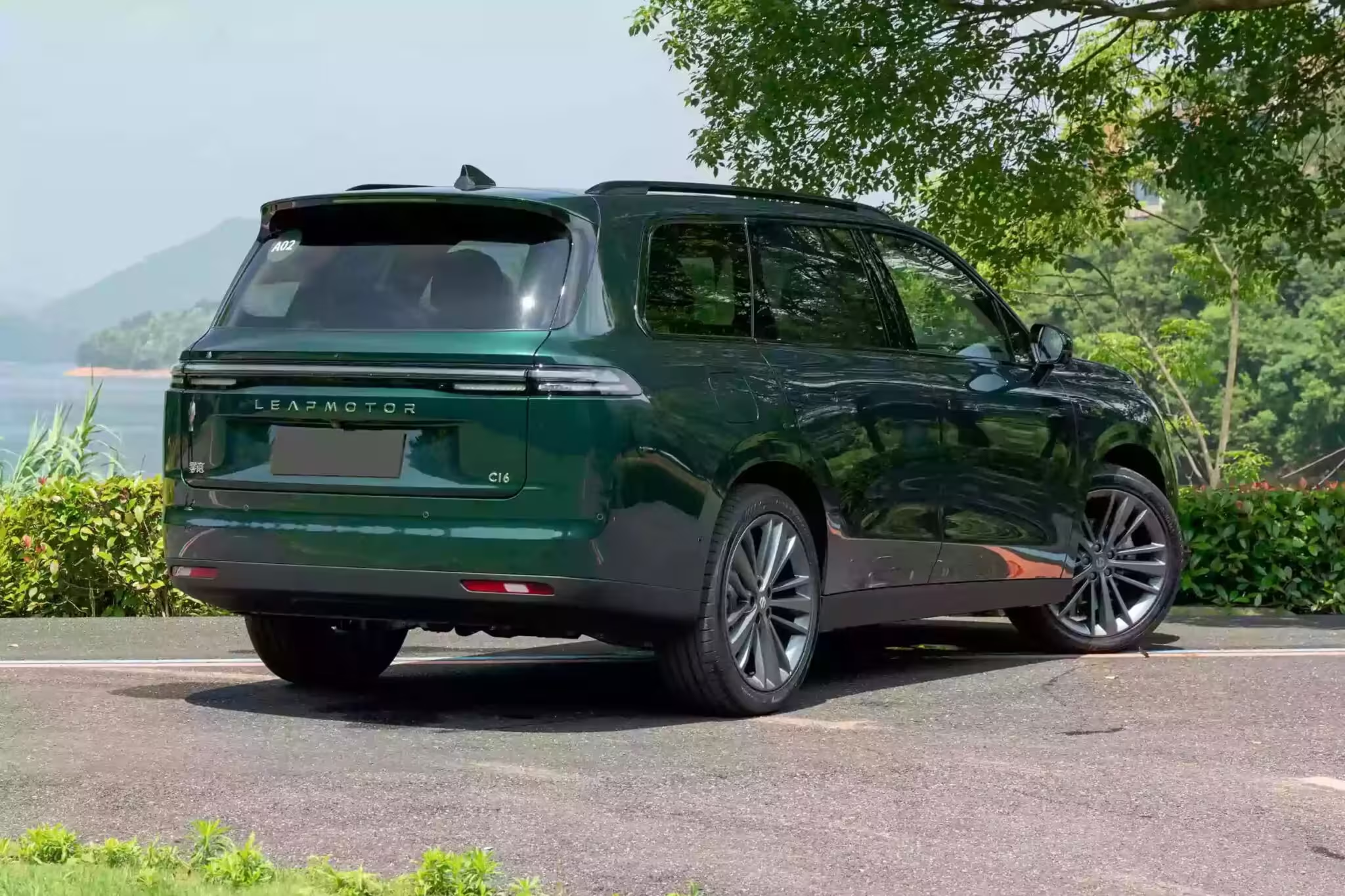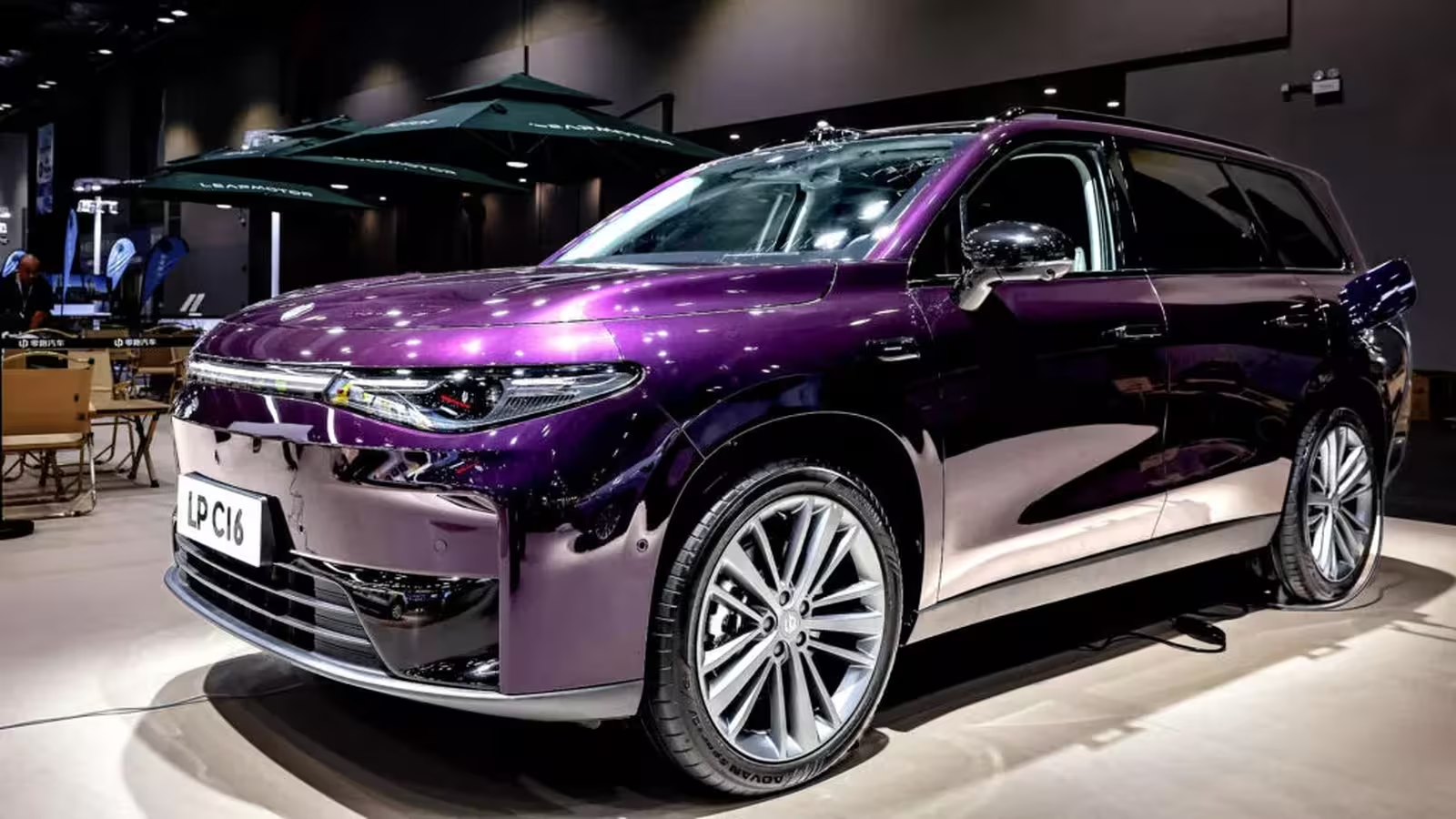5 Minutes
Imagine driving a brand-new midsize SUV for the price of a tired, high-mileage sedan. While the idea of purchasing a modern, feature-packed SUV for just $7,000 might sound like wishful thinking, Zhu Jiangming, CEO of Leapmotor, suggests it's not only possible—it could be closer than we think. In a time when midsize and large SUVs regularly retail for anywhere between $40,000 to $70,000 in global markets, especially the US and Europe, this claim challenges industry norms and points toward a dramatic transformation in the automotive sector.
Why Leapmotor Believes a $7,000 SUV Is Achievable
Leapmotor, backed by Stellantis—a global powerhouse that owns brands like Jeep and holds a 20% stake in Leapmotor—has its sights set on radically reducing vehicle production costs. According to Zhu Jiangming, rapid advances in automotive technology, particularly in electronics and chip integration, could drive manufacturing expenses down in a way reminiscent of the consumer electronics market. Remember when 100-inch televisions cost a small fortune? In China today, they sell for under $850. Similarly, household appliances like air conditioners can be purchased for about $150. Zhu argues this kind of market disruption is coming for cars as well, especially as electric vehicle (EV) technology matures and economies of scale kick in.

Vehicle Specifications and Leapmotor’s Current Offerings
Today, Leapmotor’s flagship SUV, the six-seater C16, starts at around $24,000 to $27,000—a figure already considered a bargain compared to typical U.S. prices. The C16 boasts family-friendly versatility, advanced connectivity, and a modern design that caters to the rising expectations of global SUV buyers. It may not rival the luxury of a BMW X5, but its value proposition in terms of performance, tech features, and space is hard to ignore. If the cost-cutting momentum continues, Zhu believes that similar vehicles could be offered at a fraction of today’s prices in the near future, especially in China’s hyper-competitive market.
Design, Performance, and Driving Experience
While $7,000 midsize SUVs may still be a vision rather than a current reality, Leapmotor and similar innovators are pushing boundaries on design and performance. Modern Chinese SUVs increasingly feature sleek lines, spacious interiors, leading-edge infotainment systems, and efficient drivetrains—particularly in the EV sector. Leapmotor’s approach focuses on smart, modular platforms, reducing both components and complexity, while maintaining crucial elements like ride comfort, safety, and strong battery performance. As technology becomes even more affordable, expect to see even budget models equipped with features previously reserved for premium brands.

How the Chinese Price War Is Redefining the Global Market
The world is watching as China’s automotive industry braces for unprecedented disruption. Intense price competition—fueled by automakers like BYD slashing EV prices below $8,000—and the quest for market share are forcing legacy brands to rethink their entire approach. Giants like Volvo and MG, now thriving under Chinese ownership, and storied British brands Jaguar and Land Rover (now part of Tata Motors of India) represent a changing of the guard that few would have foreseen a decade ago.
Market Positioning and Industry Comparisons
Leapmotor’s bold pricing ambitions underscore China’s growing influence in the global automotive industry. Unlike Europe and the United States, which face regulatory and manufacturing challenges in maintaining affordable vehicle options, China leverages an agile supply chain, government support, and a tech-driven ethos to bring down costs. While some experts worry about the long-term impact of the ongoing price war—drawing comparisons to the collapse of property developer Evergrande—Chinese automakers continue to expand globally, offering competitive alternatives to Western legacy models.
Brands such as BYD, Chery, Nio, and Great Wall Motors are not only making inroads at home but are also making aggressive plays in Europe, Southeast Asia, and beyond. Their products often rival Western SUVs in quality and features but undercut them significantly in price, forcing established carmakers to adapt or risk being left behind.
The Road Ahead: Global Implications for SUV Buyers
For global car enthusiasts and potential SUV buyers, the prospect of high-value, low-cost SUVs is an enticing one. As electrification erodes many of the traditional advantages longstanding automakers enjoyed in the internal combustion era, Chinese brands are positioning themselves at the forefront of the affordable EV revolution. However, industry consolidation seems inevitable as only the most efficient and innovative brands are likely to survive the price war intact.
As the dust settles, Western companies may find themselves struggling to compete both on price and technical innovation. Even major players like Volkswagen Group are now fighting on multiple fronts to adapt rapidly, while political maneuvering, such as tariff wars, has so far failed to stem the tide of change.
Conclusion: Will the $7,000 SUV Become Reality?
While a $7,000 midsize or large SUV may not grace American or European dealerships tomorrow, the rapid advances in tech-driven manufacturing and China’s relentless push to dominate the automotive sector are redefining what’s possible. Leapmotor’s CEO may be reaching for an ambitious milestone, but with each passing year, the prospect comes closer to reality—promise that could forever reshape global automotive expectations.
Stay tuned as industry heavyweights like Stellantis navigate these turbulent waters and as Chinese automakers gear up to unleash the full force of affordable mobility on the world stage.
Source: carscoops



Comments